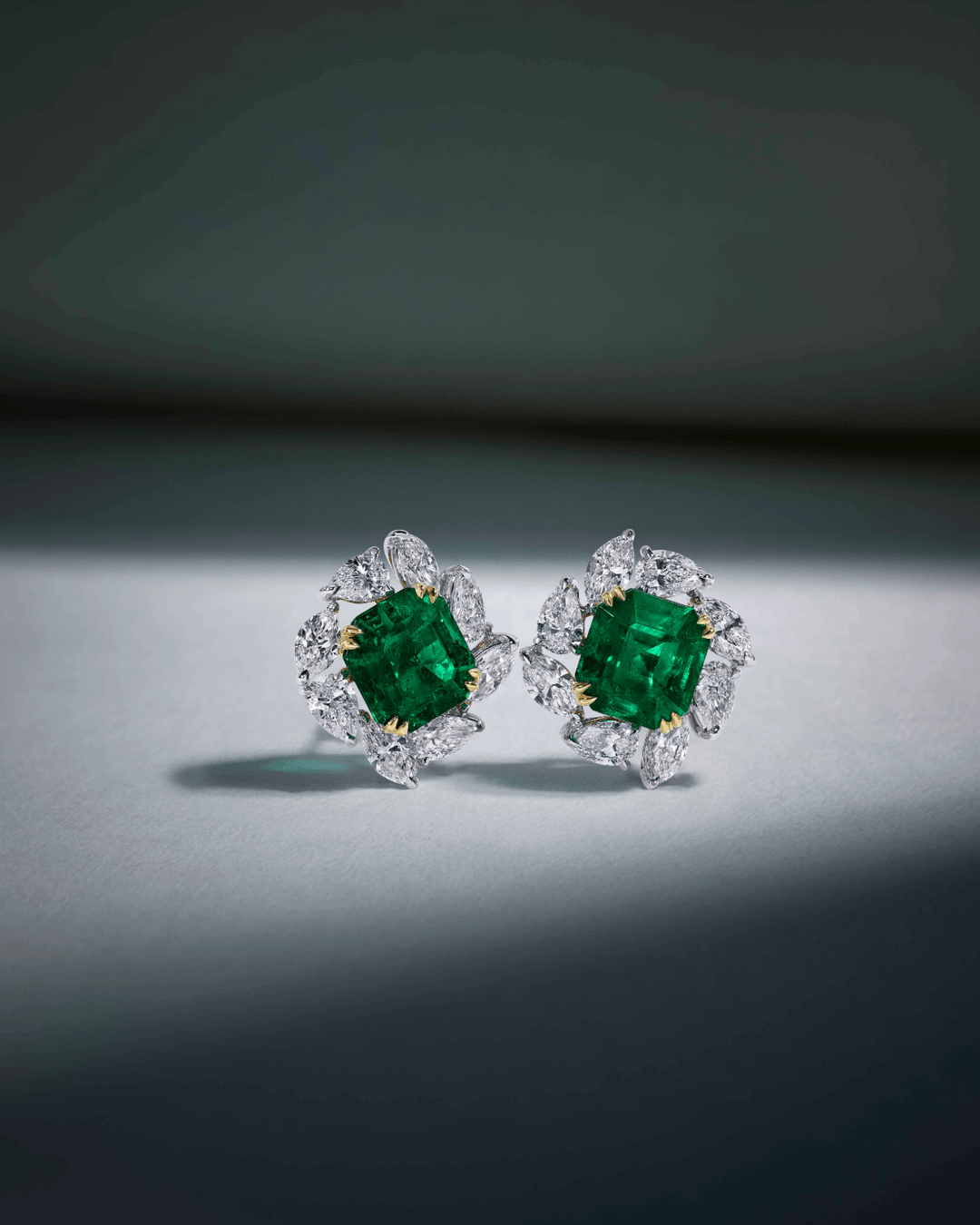Lab Created vs Earth Mined Diamonds

Lab-grown diamonds are used in jewellery
Diamonds are an expensive and highly coveted gemstone in the world. Usually found inside the earth, diamonds are formed in an environment of high temperatures and high pressure – but anyone who thinks that only nature is capable of making this gem is wrong.
Currently, diamonds are produced in laboratories using the carbon content of materials such as hair or even ash. This diamond made of hair or ashes is something quite interesting as it gives longevity to the memory of those you love the most.
And you ask yourself, but how is this possible?
Technologies for the Production of Laboratory-Created Diamonds
Since 1940, systematic research has been carried out in countries such as the United States of America, Sweden and the Soviet Union to grow diamonds using processes such as CVD – Chemical Vapor Deposition – and HPHT – High Pressure, High Temperature.
Today, these two processes dominate the market.
CVD – Chemical Vapor Deposition
CVD, “Chemical Vapor Deposition”, is a process that makes it possible to create a diamond from a mixture of hydrocarbon gases.
Object of intense study all over the world, this method has simple configurations and great flexibility, which explains the growth in popularity over the years with laboratories.
One of the great advantages of this method is the diamond's ability to grow over large areas and on various substrates.
The process itself does not require high pressures. The growth of produced diamond typically occurs at pressures less than 27 kPA.
The process involves the preparation of the substrate that later feeds the gases inside a chamber and is responsible for producing its energy.
During substrate preparation, it is important to choose the appropriate material and its crystallographic orientation; cleanliness is also a determining factor, diamond powder is often used to tint a non-diamond substrate and there must still be an optimization of the soil temperature, around 800ºC.
HTHP – High Pressure, High Temperature
The HTHP “High Pressure, High Temperature”, is the most common method when it comes to creating diamonds in the laboratory due to its low associated costs.
Here the natural environment of the base crust of the earth where diamonds are formed is recreated.
High-pressure, high-temperature presses turn purified carbon atoms into genuine diamonds. The internal part of the press is heated to a temperature above 1400ºC which makes everything dissolve and the highest degree of carbon purity is reached.
This method is widely used in creating the diamond from ashes. The carbon extracted from the ashes or hair of the deceased is purified and later converted into graphite flakes in the shape of a cylinder. The cylinder is placed in a synthesis machine where the diamond from ash grows within 3 to 9 months.
The third method is known as synthesis blasting which came on the market in the late 1990s. This process consists of detonating carbon-containing explosives that later give rise to diamond grains.
The fourth method, which currently has no application on the market, consists of treating the material with high-energy ultrasound graphite.
Advantages of Laboratory Produced Diamonds
Some of the advantages of lab-produced diamonds include:
1. Natural diamond deposits are running low
Data from last year (2019) state that only 40 mines generate 90% of the world's diamond production but only 13% of them have deposits that allow extraction for another 40 years.
In the next few years, 98% of diamond mines will cease to exist. And it doesn't stop there, the famous mine in Botswana - Karowe - that originates the second largest diamond in the world has about 20 years of life expectancy.
2. Synthetic diamonds are ethically sourced and environmentally friendly
Currently, consumers are increasingly aware of what is happening in the world and want to have a voice.
This is no exception in the diamond market. Many celebrities have already joined ecological movements that aim to end the human and environmental costs of mining, since to produce a diamond in a laboratory it is not necessary to dig holes in the earth or cut down trees.
For example – after starring in the film “Blood Diamonds”, in 2006, Leonardo DiCaprio decided to invest in a company producing synthetic diamonds to make the ethical and environmental voice louder.
3. Variety
You are free to choose the cut, colour, size, shape and weight of the diamond! The offers are many without ever losing the quality of the diamond.
4. Eternalize our loved ones
Ash diamonds are a popular memorial to those who have lost loved ones. Through cremation or hair ashes, it is possible to create a jewel that symbolizes the transition of the deceased to eternal life.
How to Get a Certificate for a Laboratory Produced Diamond?
Carat, cut, colour and clarity – the 4Cs of a diamond. The certificate is considered the fifth C.
In order for the diamond to be certified, it is necessary to have the help of a gemological laboratory that will analyze the gemstone according to its specifications. Obtaining a certificate for your diamond is not mandatory and does not guarantee any increase in value. The diamond certificate will only give you an idea of its quality grade and the amount of money it is worth if you are planning to sell or buy it.
There are several laboratories that have a good reputation for following high quality standards, such as the Gemological Institute of America (GIA) , the International Gemological Institute (IGI) and the European Gemological Laboratory (EGL).
When we talk about diamonds from ashes, the supplier you choose usually sends you a certificate of authenticity coming from a laboratory that proves that the same was made with the ashes of your loved one.
These gemstones created in the laboratory are becoming more and more popular in society not only in America but also in the whole world, and it is already estimated that by 2030 one diamond in ten will be produced in the laboratory.








